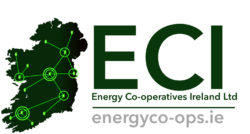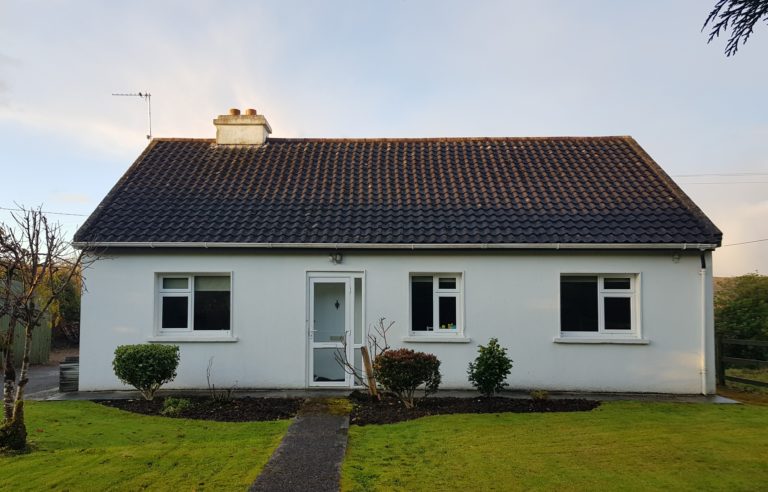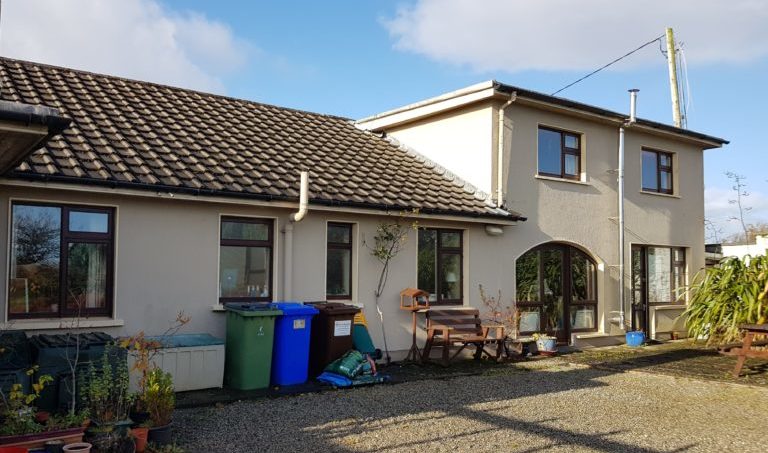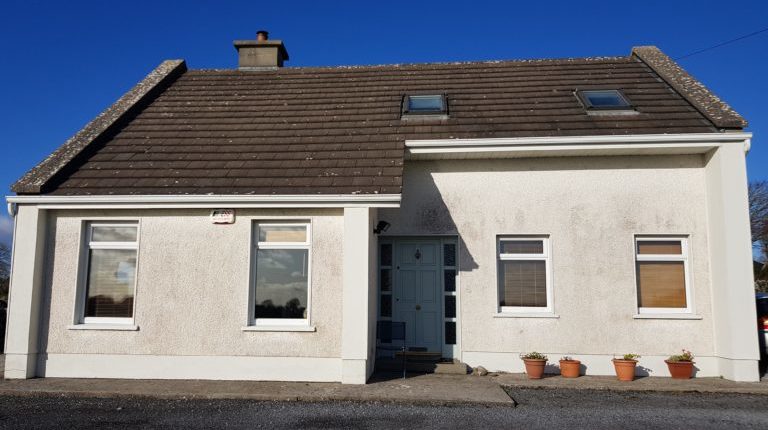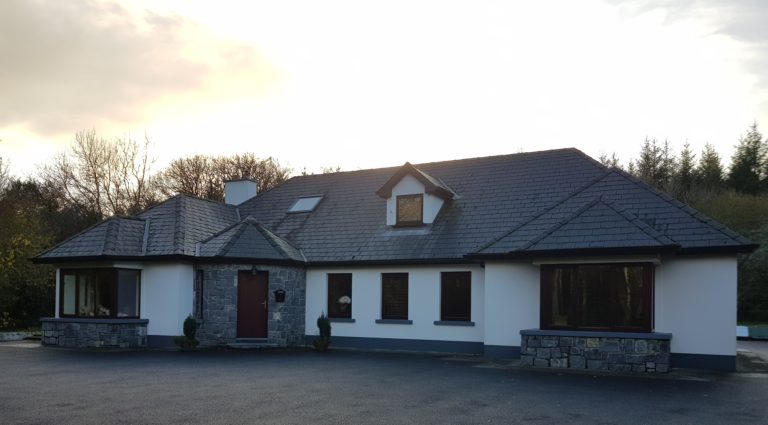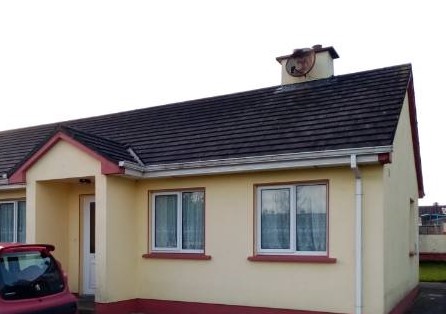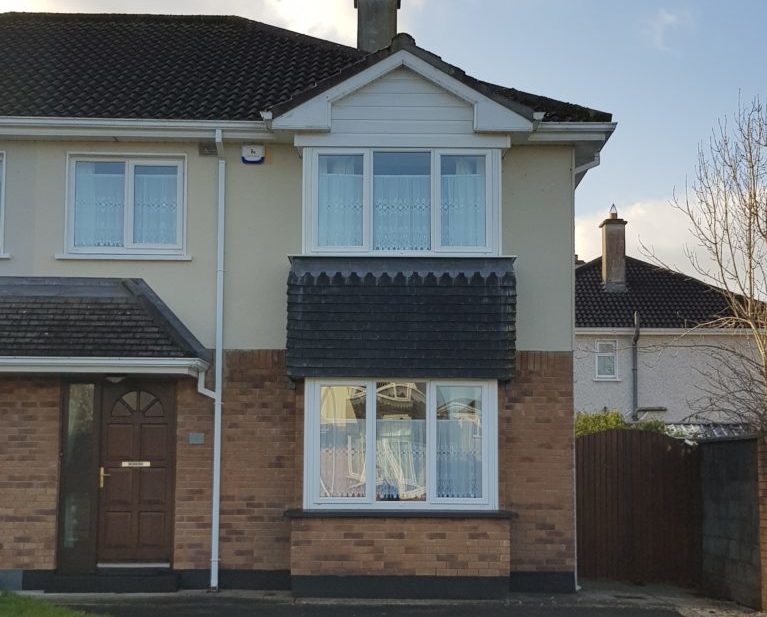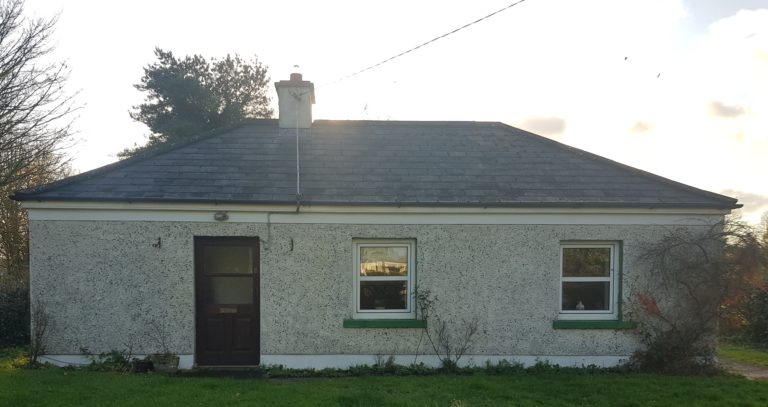In our community work we have gathered a great many case studies that outline the potential for energy saving works that can be done to Irish homes. See below, just some of the homes we have surveyed as exampels of what can be done. Choose the one that most resembles yours.
Further Below is a set of resources that can can help you make your home more sustainable.
The Houses
Click on a house to see the report (BER, Costings and Recommended Actions)
Individual actions for homeowners
…some quick and easy sustainability ‘wins’ to save you energy and money as well as reducing carbon emissions
Step 1: Do Your Own Audit:
- Check windows, external doors, vents, floor spaces, fireplaces, and stoves with a stick of incense: and track down and eliminate draughts.
- Check insulation levels in attic, basement, walls (including the meter box), and floors
- Check your boiler and stove; what age are they? When were they last serviced?
- Collect energy bills and scrutinise them over a year or 2.
- To save money in the short term see if you need to change your electricity supplier.
Step 2: Actions to save 12% of your energy costs and fossil fuel use:
- Turn everything off – don’t leave on standby (2%)
- Use a clothes line when possible – no tumble dryer (7%)
- Wash clothes @ 30 degrees (1%)
- Turn off lights when not in a room, replace bulbs with highest rated LEDs possible (A+ read the lables not all LEDs are the same) – change as they go so as to spread the cost (2%).
Step 3: Save energy by thinking about the way you control and use heat
- Maintain room temperature 190C (this can save up to €350 every year for each degree lower you heat the house)
- Close the curtains at dusk to keep heat in the room that would otherwise be lost through the cold windows, and you could save up to 10% of your heating costs.
- Consider fitting shelves above radiators as they redirect the warm air that rises from them back into the room.
- Ventilate your house 3 to 5 minutes, a couple of times a day, instead of opening windows a little bit all day. Shut off your heating, during ventilation. This can reduce heat loss by 16%.
- Bleed your radiators regularly. If there is air in your radiator your boiler burns longer. Always start with the lowest and end with the highest radiator.
Home Retrofits: Make your home cozier, save money and reduce carbon emissions
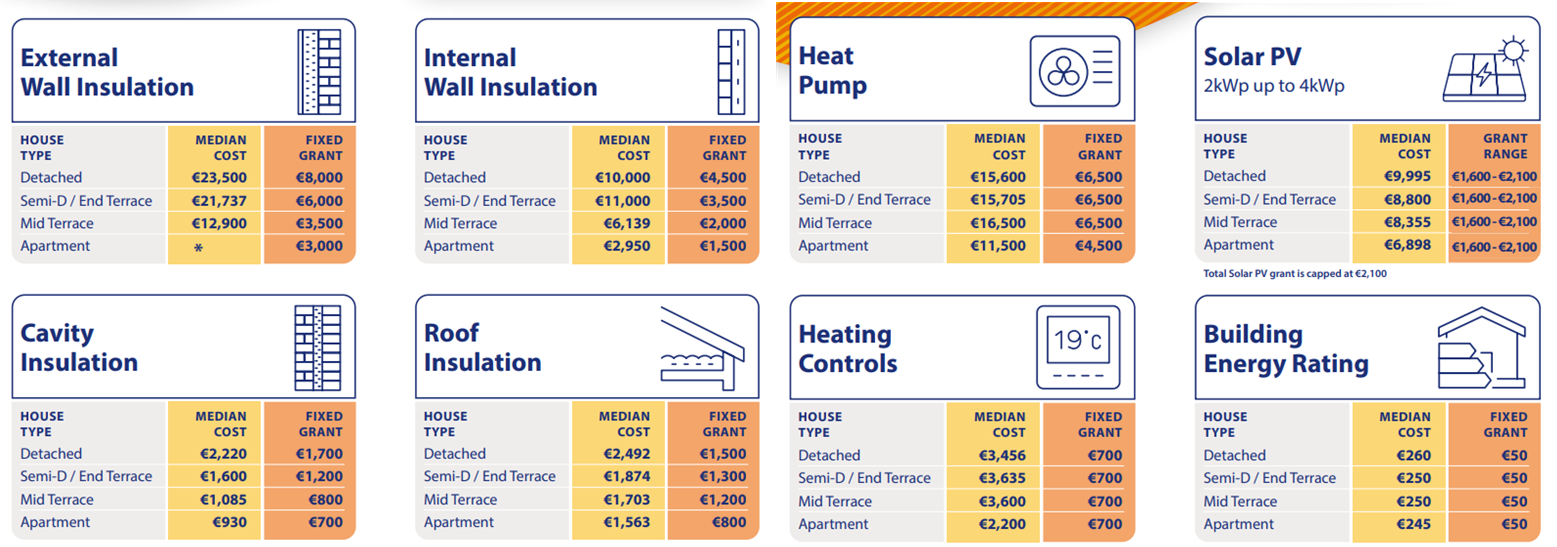
Individual Energy Upgrade Grants
Up to 80% of the cost of the upgrade for a typical family home with SEAI grants
Homeowners manage their own upgrades including:
- contractor selection
- grant application
- contractor works
- pay for full cost of works and claim grants afterwards
- follow up BER
For homes built and occupied before:
- 2011 for insulation and heating controls
- 2021 for heat pumps and renewable system
One Stop Shop Service
Based on set grants per measure, this can be grant funded by SEAI 45 – 50% of the cost for a typical family home
One Stop Shop contractor manages upgrade including:
- home energy assessment
- grant application
- project management
- upgrade to a minimum B2 BER
- contractor works
- homeowner pays for the works net of grant
- follow up BER
For homes built and occupied before:
- 2011 for insulation and heating controls
- 2011 for renewable systems
Fully Funded Upgrade
Qualifying* homeowners receiving certain welfare benefits: All home upgrade costs covered by SEAI
Service is managed by SEAI and includes:
- home survey
- contractor selection
- contractor works 100% funded
- follow up BER
Homes built and occupied before 2006
*Receiving one of:
- Fuel Allowance
- Job Seekers Allowance
- Working Family Payment
- One-Parent Family Payment
- Domiciliary Care Allowance
- Carers Allowance
- Disability Allowance
